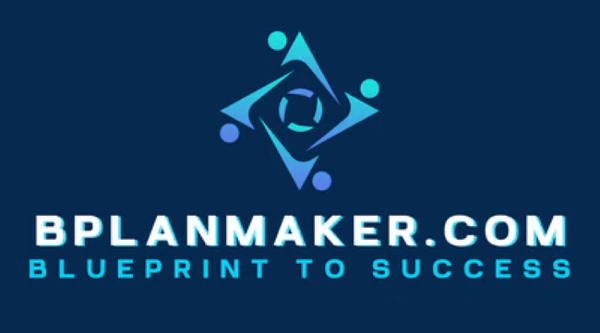
Axe Throwing, No BS: The Plan That Works
Share
You don’t win with hype; you win with a lender-ready plan, weekday corporate bookings, and utilization you can defend. This guide cuts the fluff and shows how modern axe venues actually make money—then points you to a plan you can edit today and put in front of a bank tomorrow.
Download the Axe Throwing Business Plan (Word/PDF) →
What Makes an Axe Venue Fundable
Fundable operators don’t “wing it.” They map the guest flow (check-in, waiver, coach briefing, lane rules, scoring, turnover), codify safety, and show predictable throughput. They prove weekday demand with leagues and standing corporate events and use deposits and minimums to protect margin. Above all, they explain utilization clearly—lanes × sessions × utilization × average spend—so lenders can follow the logic from booking to breakeven.
Defensible Growth (Not Fairy Dust)
A conservative ten-lane build often starts with soft-open utilization on weekdays and stronger weekends as training wheels come off. The story you tell lenders is how that ramps as leagues stabilize and corporate outreach compounds. Price ladders, deposits, and a coach-led experience push average order value; party rooms and private lanes keep it climbing.
- Utilization improves as leagues launch and corporate cadence builds over months 6–12.
- AOV rises with private lanes, trophies/merch, and room add-ons.
- Breakeven clarity comes from tying fixed costs to throughput and coaching labor—no guesswork.
Location, Layout, and a Space That Sells Itself
Pick visible retail or light-industrial with parking and ceiling height. Design the flow so staff can observe every throw and coach without shouting: reception and waivers up front; a short, consistent briefing; clean sightlines across lanes; party rooms staged for turn-key events. Make it photogenic—warm wood, clear targets, good lighting—because UGC and reviews will carry half your marketing load if your space looks like a win.
Pricing That Protects Margin
Keep pricing simple and defensible. Timed sessions with off-peak incentives. League passes that lock in repeat visits. Corporate packages that bundle coach time, private lanes, and recognition (yes, trophies work). Require deposits, enforce no-show rules, and publish an alcohol policy that insurance can live with. The template below includes sample ladders and a three-year forecast so you’re editing, not guessing.
Market Where the Money Actually Is
Local SEO brings weekend traffic; outbound fills weekdays. Build a weekly list of HR managers, admins, and team leads. Offer sample agendas and clear outcomes, not fluff (“check-in 5:30, briefing 5:40, throws 6:00–6:50, tiebreakers 6:50–7:00”). Publish league standings and photos like clockwork. Ask for reviews with a same-day SMS and a QR at the exit, and respond to every review within 24 hours. That consistency beats sporadic ad spend.
Ready to get lender-ready? Use a plan built around lanes, utilization, staffing, safety, and a 3-year model your bank can follow in minutes.
Good Reads
If you want a clean checklist and funding logic to back up your build, these will help:
Essential Steps in Creating a Business Plan
Unlocking Success: The Critical Role of a Business Plan
Related Products
Operators expanding into family entertainment or retro vibes often add one of these:
Retro Arcade Business Plan Template — add a bar-cade corner or console lounge.
Miniature Golf Course Business Plan Template — family traffic + parties.
Bowling Alley Center Business Plan Template — build a full FEC mix.
Open with Confidence
Stop guessing. Show lenders the safety, utilization, and group sales engine that actually gets funded.
Download the Axe Throwing Plan Now →


